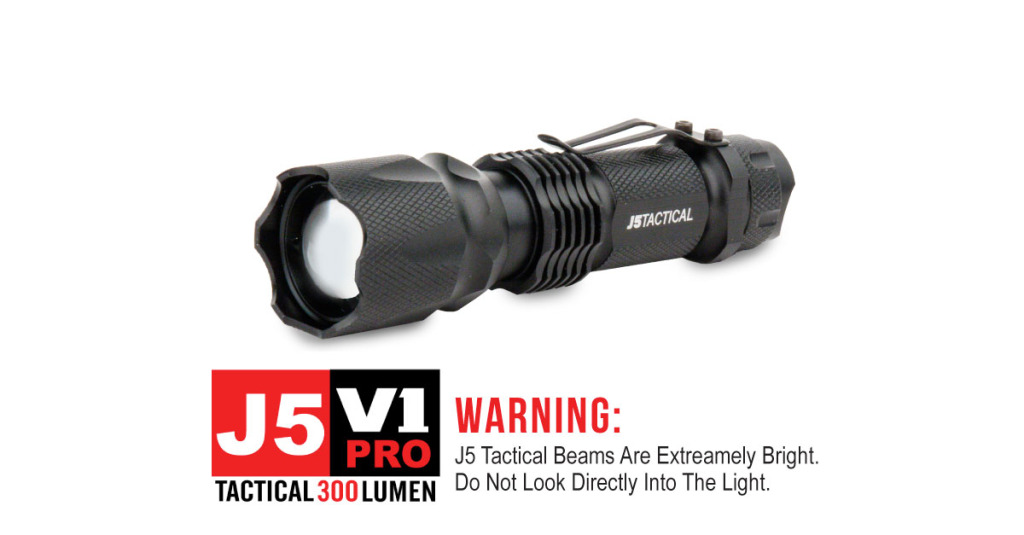A vehicle emergency kit is more than just a few tools and bottles of water. It is a lifeline that could sustain you and your fellow occupants until rescue arrives or you are able to relocate. There are some basic items that should be included in every kit, such as flares, duct tape, spare parts and a tire iron. However, the important things to include will depend on where and when you are traveling and how far away from help you will end up being if you get stranded.
It doesn’t take a lot of imagination to consider the potential consequences of being marooned on a highway during a blizzard or stuck in traffic during a mandatory evacuation. Help my not arrive until it’s too late, and fellow motorists may not be in a position to offer assistance. There is a good chance that if things were to get really bad, people who are sharing in that same desperate situation may turn on each other as well.
Considering these possibilities, creating an emergency kit that is beneficial will require you to explore various contingencies in your mind first. You want to have essential supplies in a bag that can be removed at a moment’s notice. You want to have some blankets and extra oil and fluids. You want to have a supply of water and food that will get you through a few days if necessary. You need some kind of weapon in addition to a way to signal for help.
The basics of survival apply to a vehicle as much as they relate to any other circumstance. You need food, water, shelter and safety. Fortunately, unless you need to flee at a moment’s notice, your vehicle should be able to provide you with shelter as well as a place to store your emergency items. However, it’s important that you also have a bug out bag for the vehicle just in case you need to get out of Dodge in a hurry.
So, consider packing away essential items in the bag and then keeping everything else in a box in the trunk. Essential items for the bag will include supplies that will help you to get through 48 hours without any modern, everyday conveniences. Lighters or matches, a flashlight, medicines, a weapon, warm and durable clothing, a tarp or canvas for shelter and rain protection, rations and water or water purification items. Add to the list as you see fit based on your particular needs and assessments, but always have it stocked and ready to go.
In terms of building a vehicle emergency supply kit, food should be items that do not require cooking and plenty of water. Extra batteries and fully-charged electronic devices. A full tank of gas with an extra can in the back, some oil, anti-freeze and a tire pump are all good options to have on hand as well. Remember that it is very easy to over-think what you will need and end up with a vehicle stuffed with unnecessary items. Keep the focus on what you would need if you got stranded and had to ride out a couple of days of being on your own.
You should never leave home without at least a basic stockpile of supplies, even if you are going on a short trip and don’t anticipate any problems. A recent story of two sisters in Michigan who were stranded after a freak snowstorm lived off of cookies for days before getting rescued. They were lucky. You can improve your odds and take control of difficult situations by preparing now and knowing how to act when the time comes.
Start thinking of essential items that will carry you through as you hypothesize about different scenarios. Part of building an emergency kit is not only making sure that you have some supplies, but that you think through various contingencies so that you will know what to do if that situation arises. Take steps now and be ready for when the unimaginable happens while you are on the road, and you can dramatically improve your chances of getting out alive.



